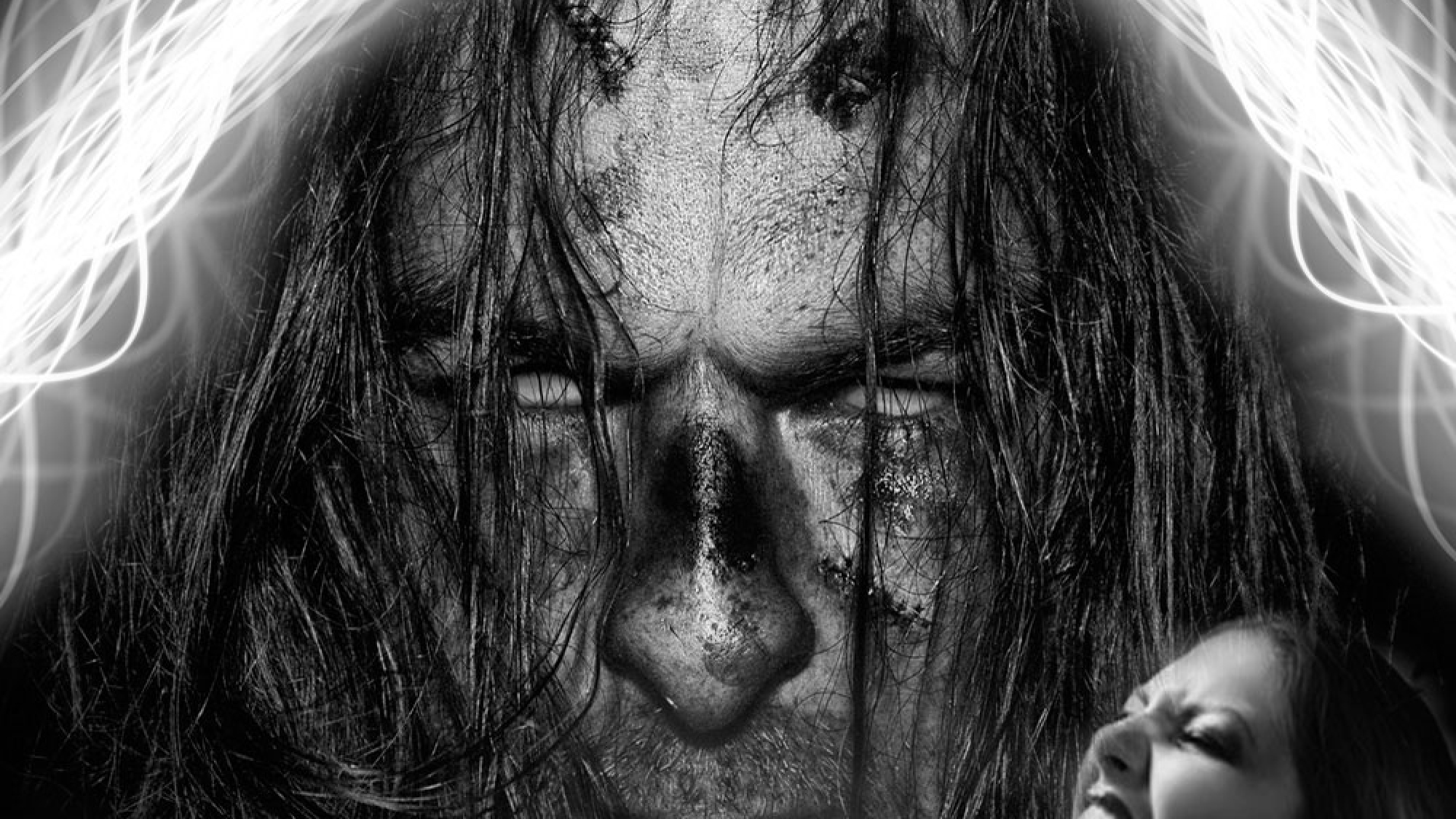GHOSTS AND GOBLINS
It’s almost Halloween—the time of year we bring forth all our scary darkness, the ghosts and goblins of our inner world. Scary movies flood the TV, and trick-or-treating youngsters (and their parents) learn the horrors of massive sugar ingestion.
Originally called All Hallow’s Eve, the holiday goes back to its pagan roots in the Celtic festival of Samhain, meaning summer’s end—a time to take stock and prepare for the cold months ahead, which were often associated with death. The souls of the dead were supposed to visit their former homes on Samhain eve, and people would wear costumes to ward off the roaming ghosts. Even carving that silly grin on your pumpkin comes from the Samhain custom of carving turnips into lanterns to remember the souls held in purgatory.
On Halloween, we feel safe in donning a mask of horror to cover up the usual mask we wear—our everyday faces, which could easily be masking a real monster inside. Think of various serial killers, like Ted Bundy, who looked like the nice guy next door.
But not all ghosts and goblins come out on Halloween. There are real life people who express the archetypes of monsters. Stephen King, in his first book, Carrie, portrayed the horrors of adolescence by making Carrie a teenager with a scary, uncontrollable monster side. Stephen King has broken down monsters into three archetypes—the “thing without a name,” the vampire (a hugely popular monster these days), and the werewolf. He also alludes to a fourth archetype, the ghost.
Another way of looking at monster archetypes is to call them “things that should not be,” “things that devour us,” “things with two faces,” and “things that would not die.”
“Things that should not be” are the monsters that kill without remorse or pity. They can be mindless beasts or intelligent ones like Frankenstein. We think of these monsters as evil, as demons and devils. In our lives, this archetype can be applied to people we know who lack control over their lower instincts and who make the world a dangerous place for us. A sexual predator who molests a child is living out the monster archetype of a thing that should not be, and turns the world into a dangerous place for the child.
“Things that devour us,” like vampires, are like people who prey on us. We provide them with some sort of substance they need. Zombies need to eat our brains or flesh, vampires need to suck our blood, and then there are parasites that devour us from the inside out, such as those in Alien. When you think of this archetype, think of people who invade your mind or soul, like a cult leader who needs your adulation and not your independent thinking.
“The thing with two faces” is the classic Dr. Jekyll and Mr. Hyde, or the werewolf. Both Dr. Jekyll and the werewolf hide their antisocial nature behind a more pleasant social façade. Many serial killers, like Jeffrey Dahlmer or Norman Bates, hide behind a socially-acceptable exterior. People who hold a lot of power, such as politicians or mob bosses, all are things with two faces. Are there people in your life who have been corrupted by power although they still present a kind face to the world?
“The thing that would not die” is the archetype of the ghost. Whether it’s simply an unhappy spirit that hasn’t finished its work on Earth, or a mean avenging banshee, the “thing that would not die” has not moved on to other planes, but sticks around to bring sorrow or death. You can have ghost-like hauntings of former lovers or others who hurt or betrayed you, and they linger in your thoughts and still bring up difficult emotions.
Take time this Halloween to look within and see if you are harboring any ghosts or goblins inside yourself. This can be far scarier than the witches and devils that may ring your doorbell. But be brave and see if you can root out any “monster”-type tendencies in your own make-up. Take off the mask you usually wear, and look at your own darkness. Accept it and release it. It’s the best preparation for the coming return of the light.


